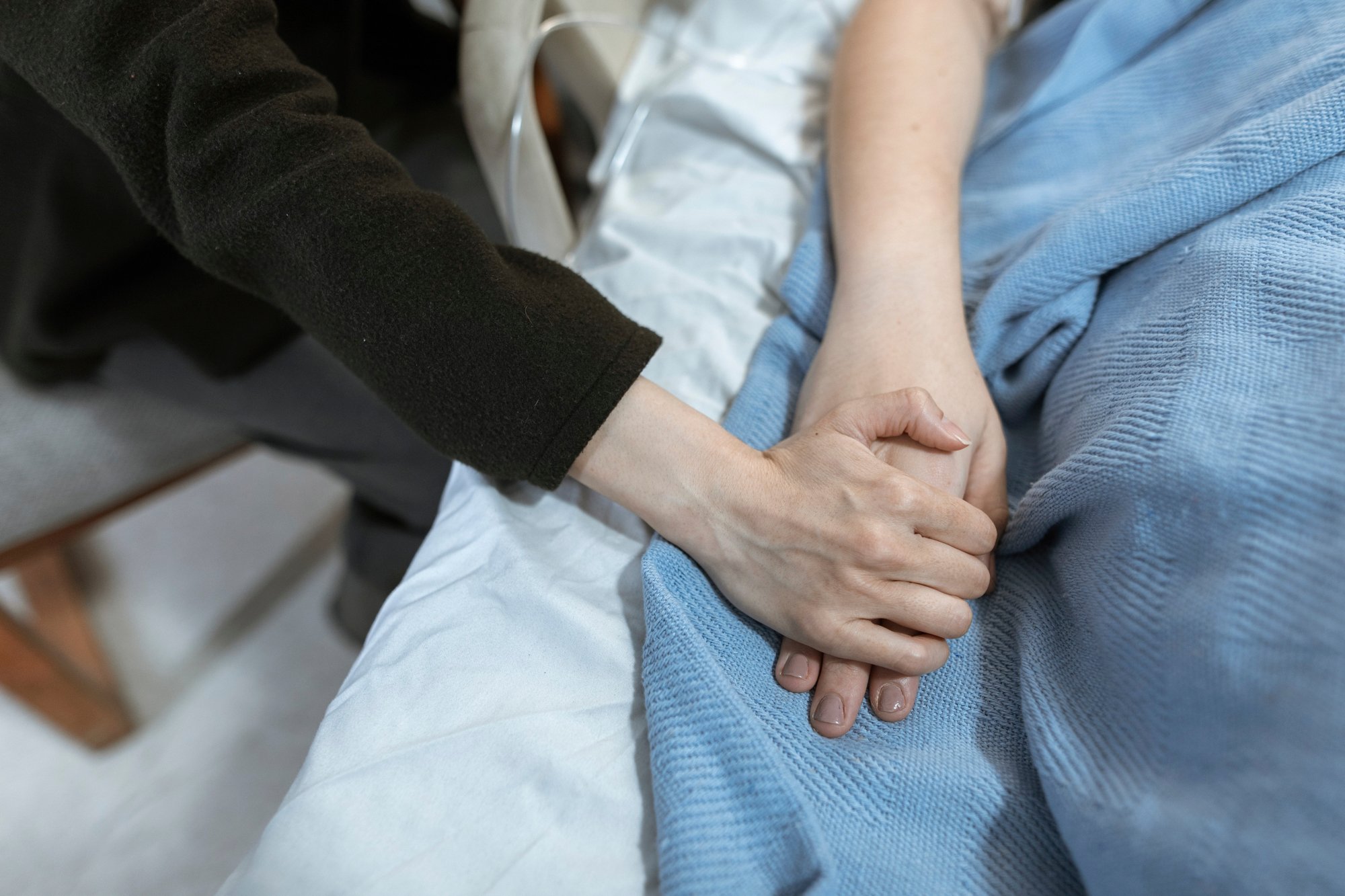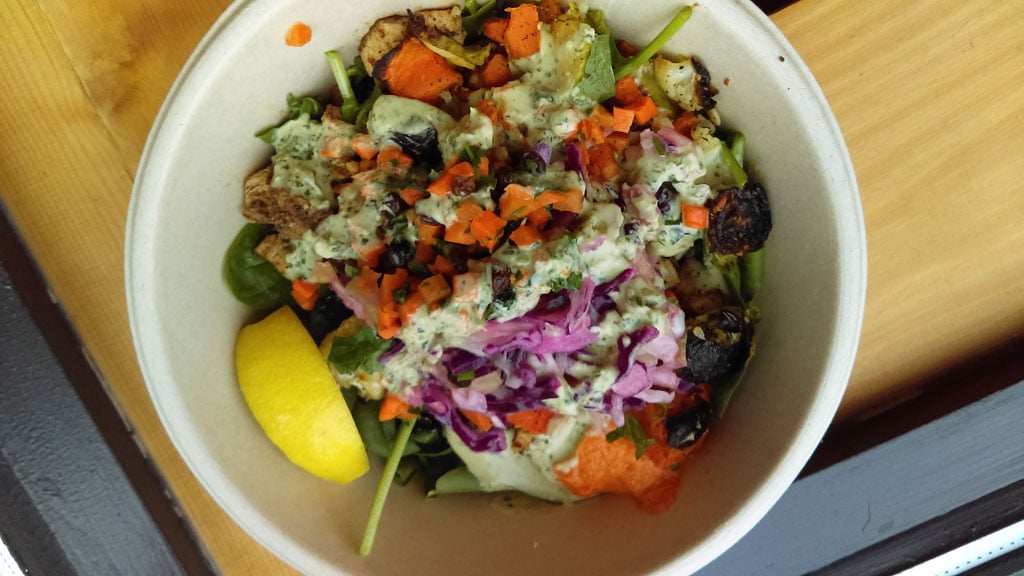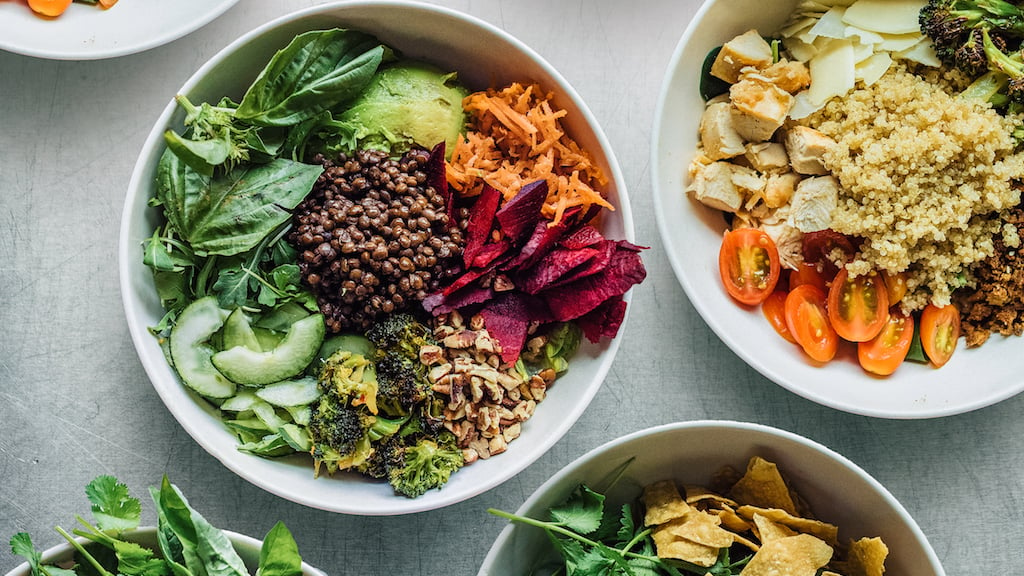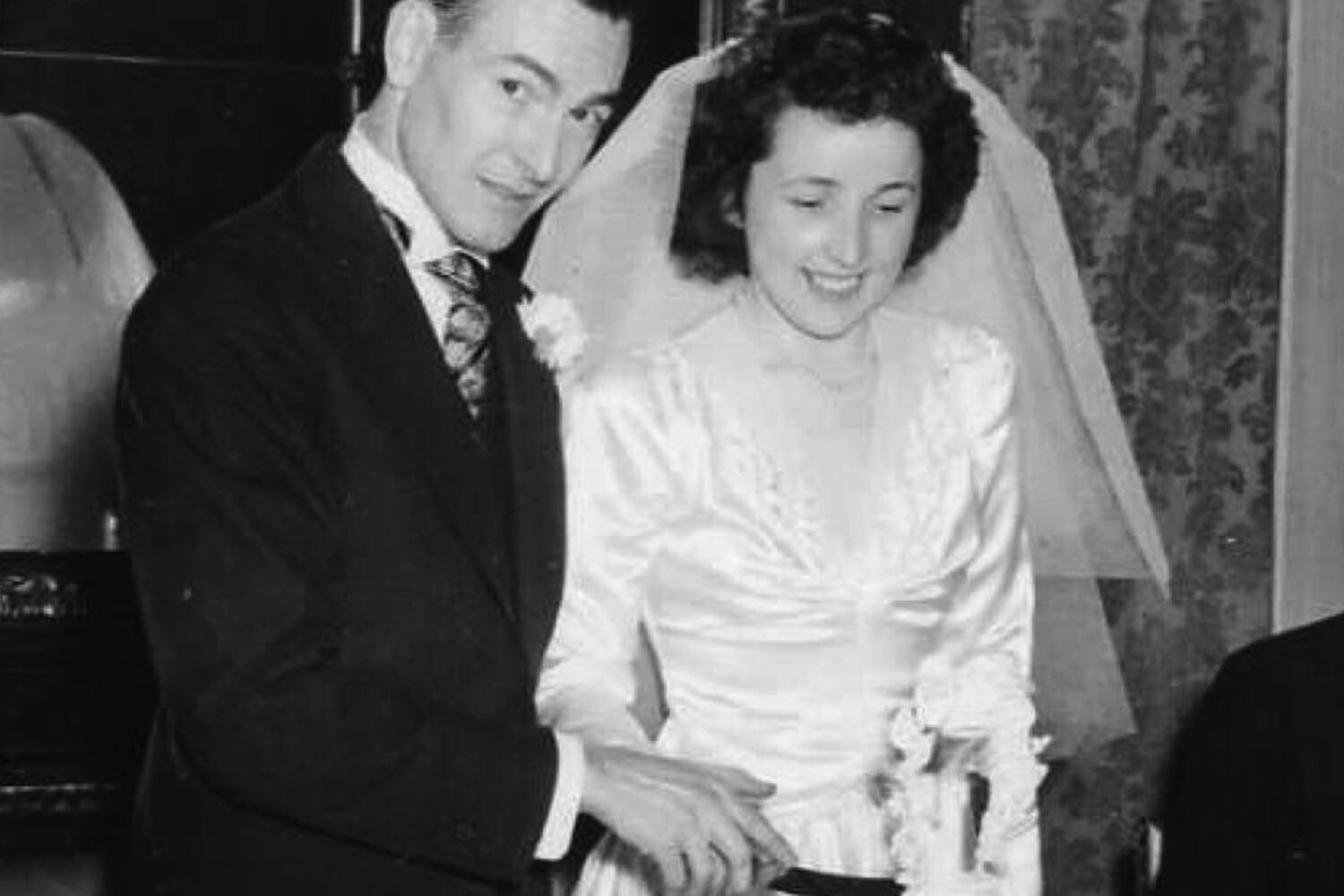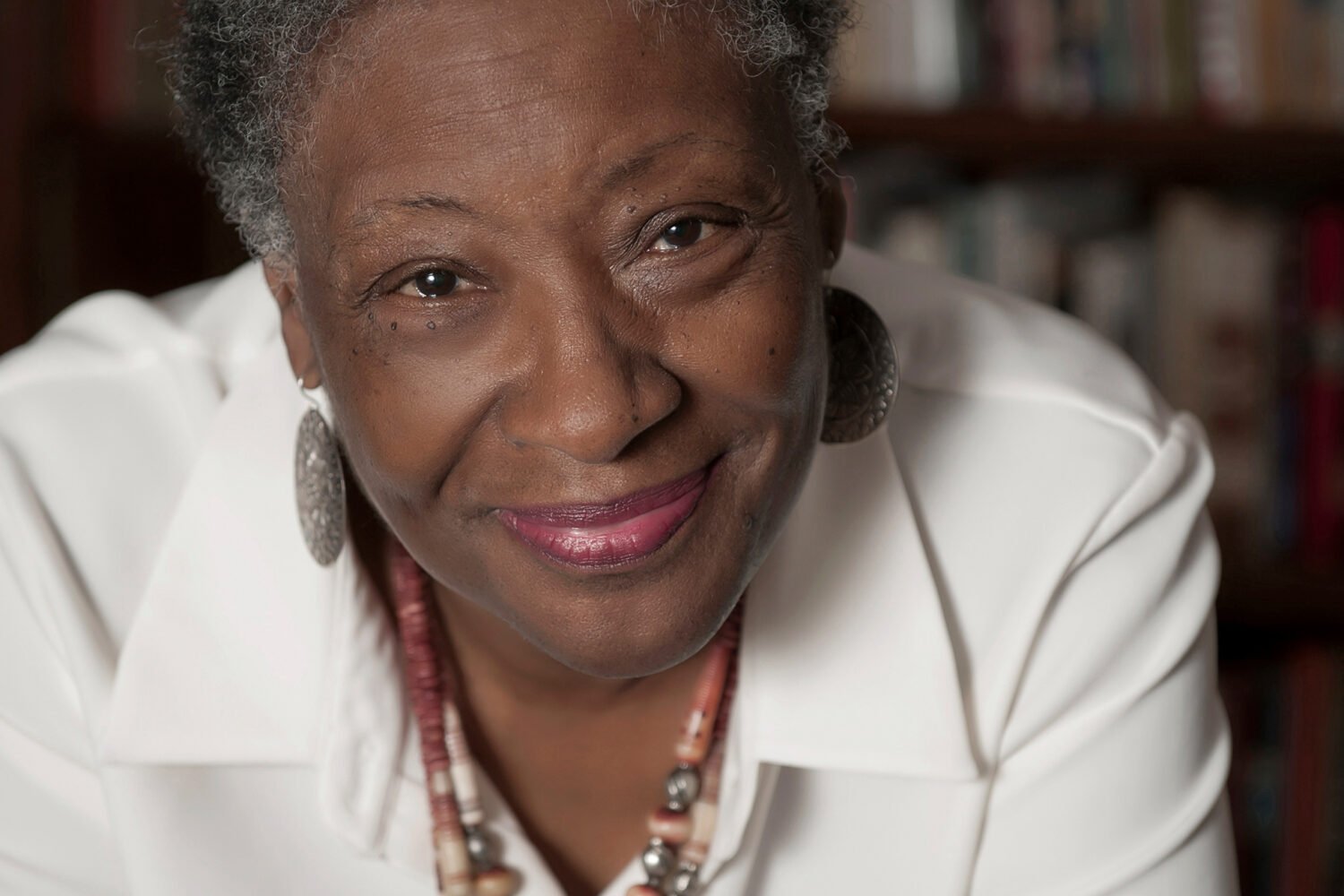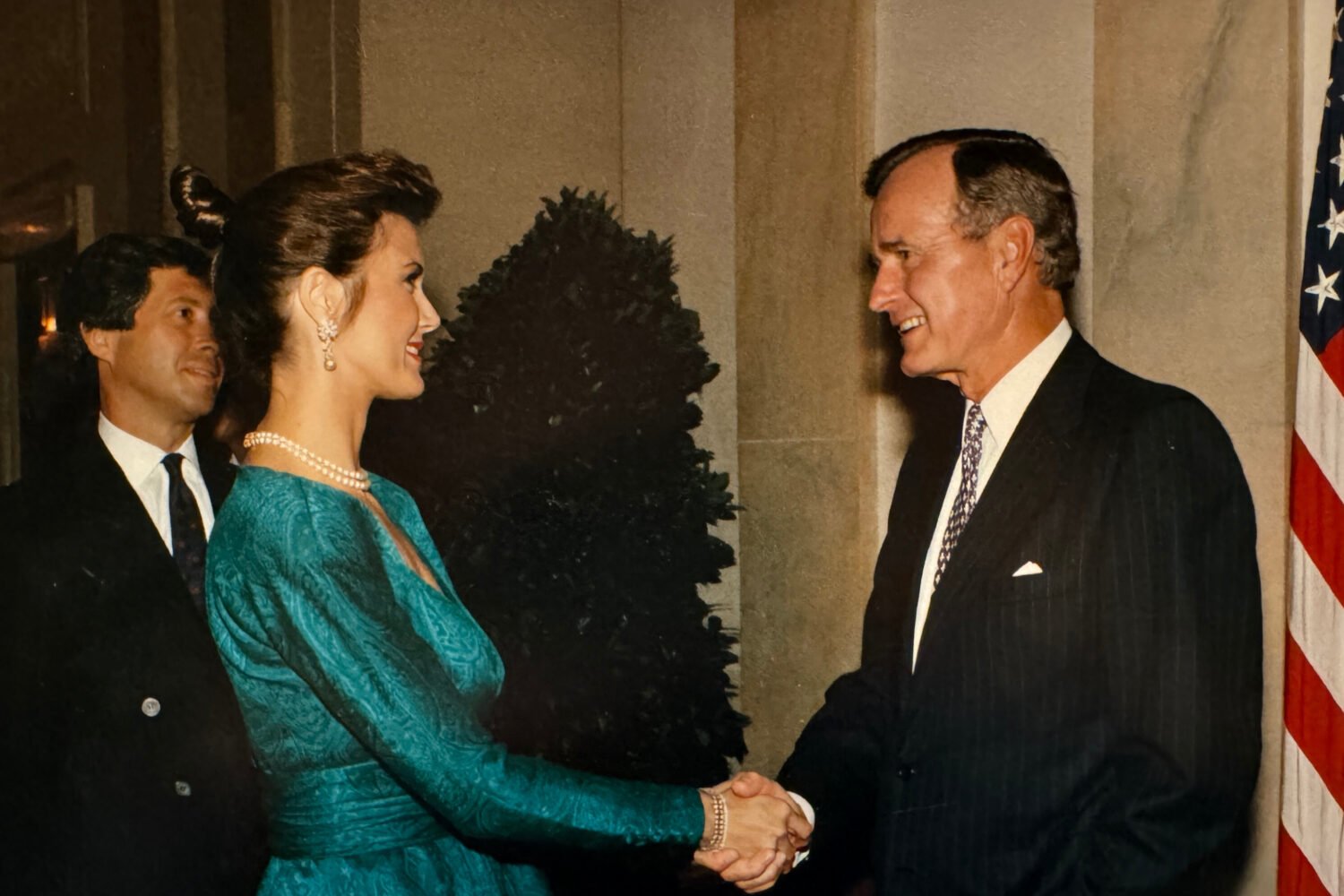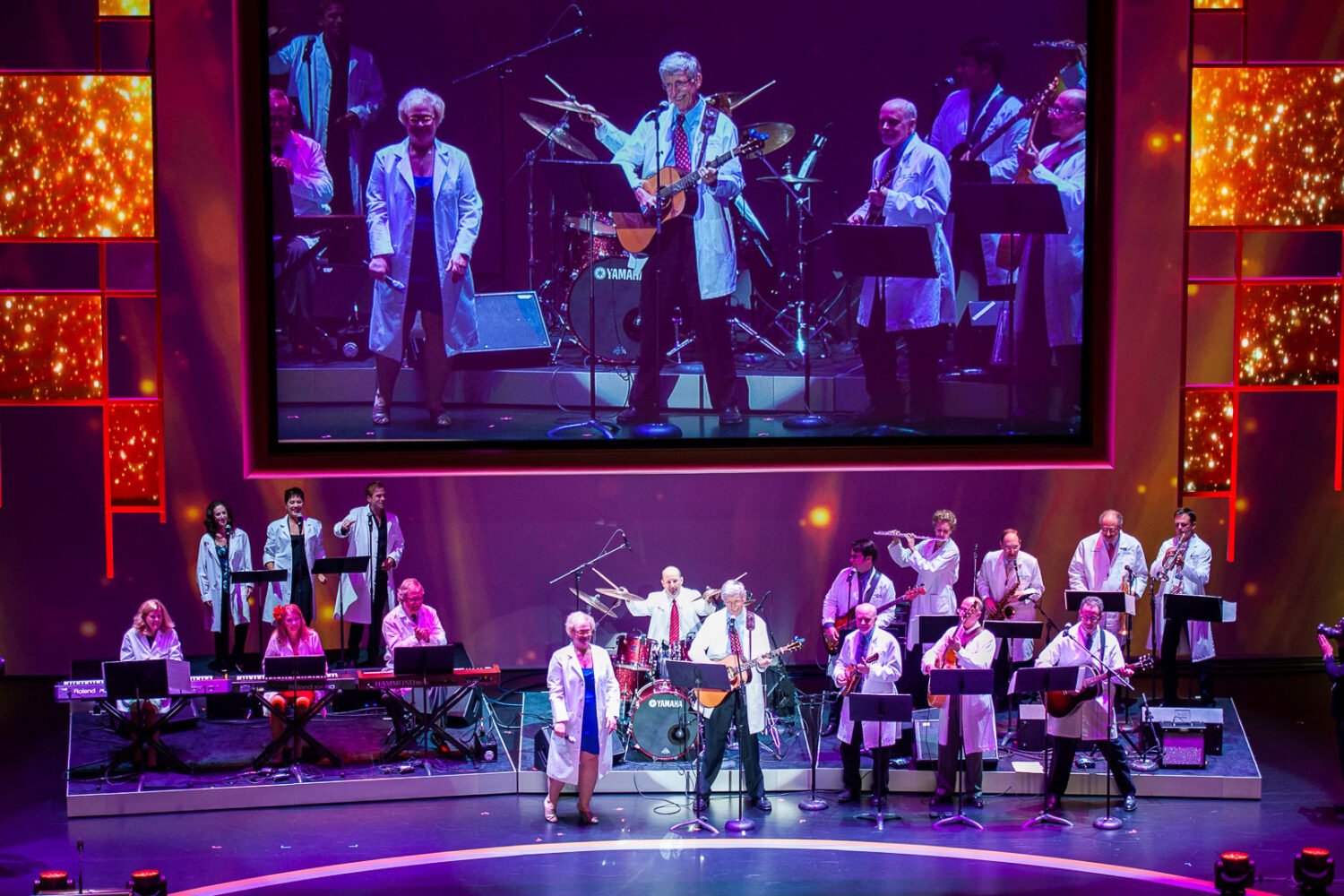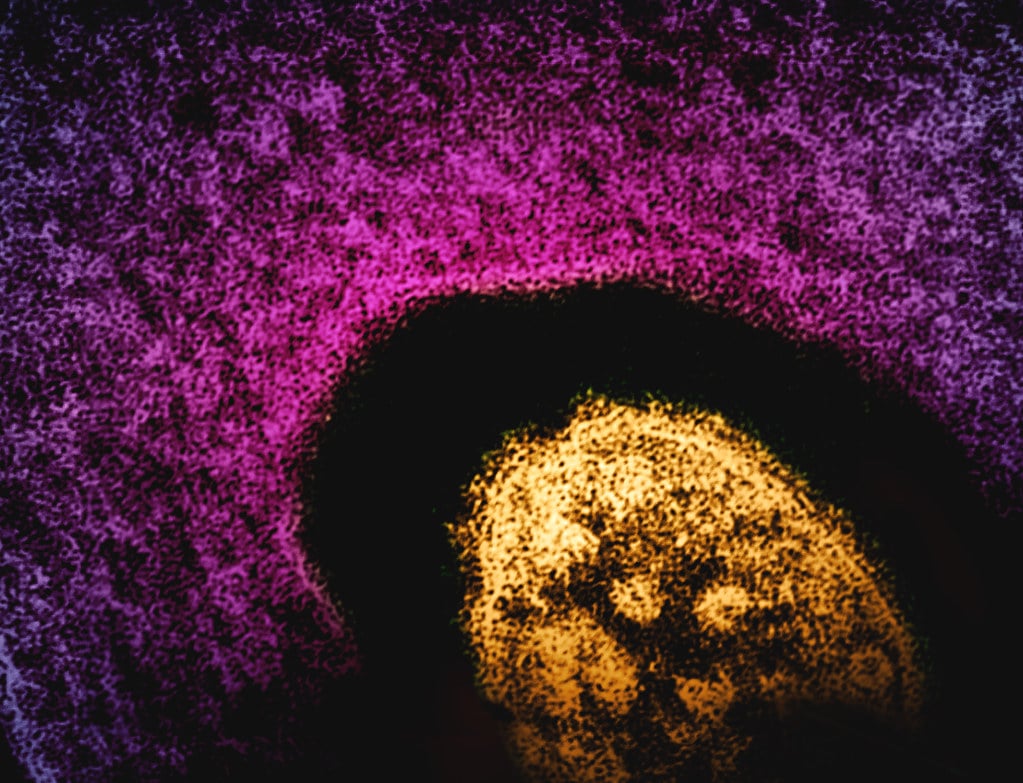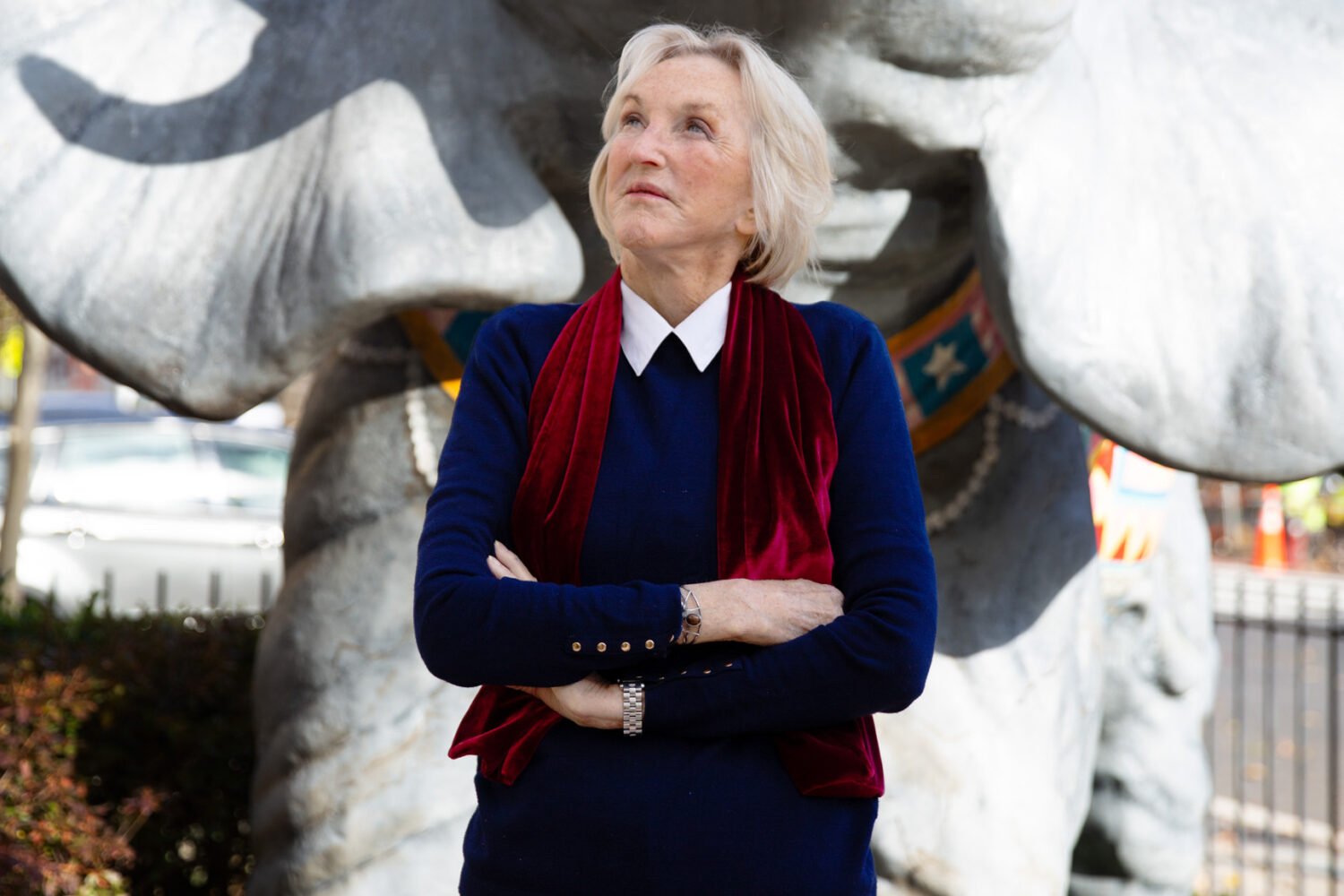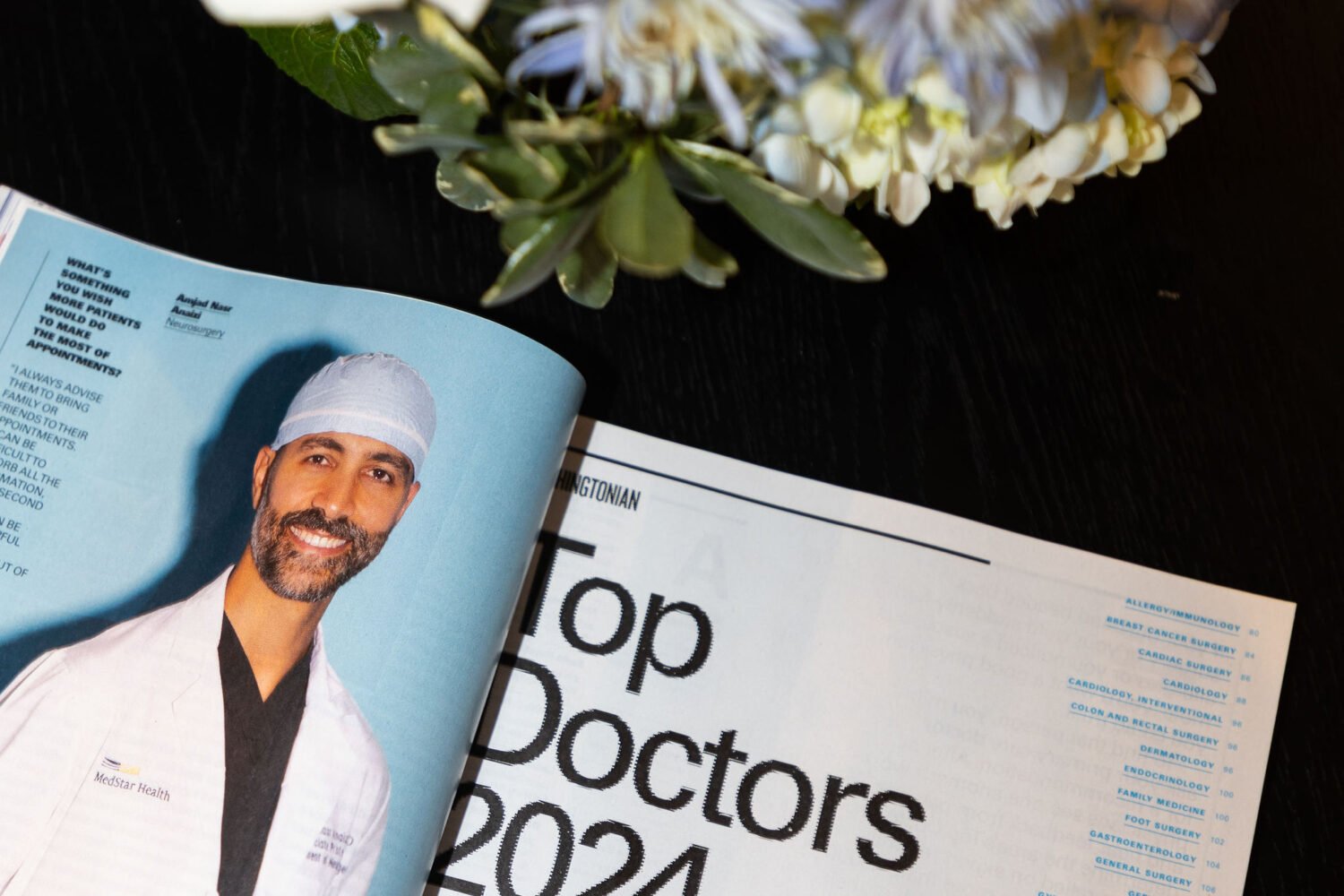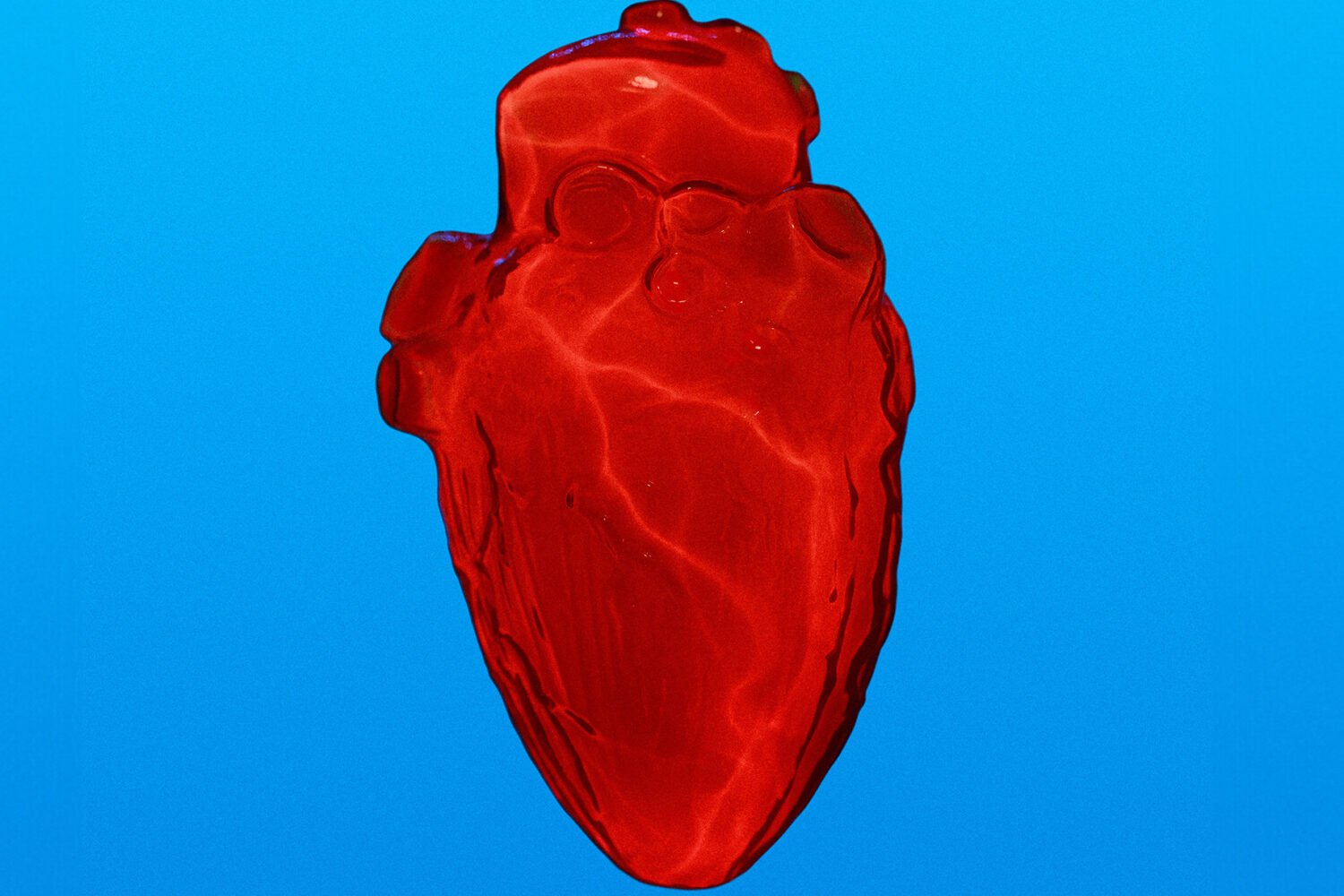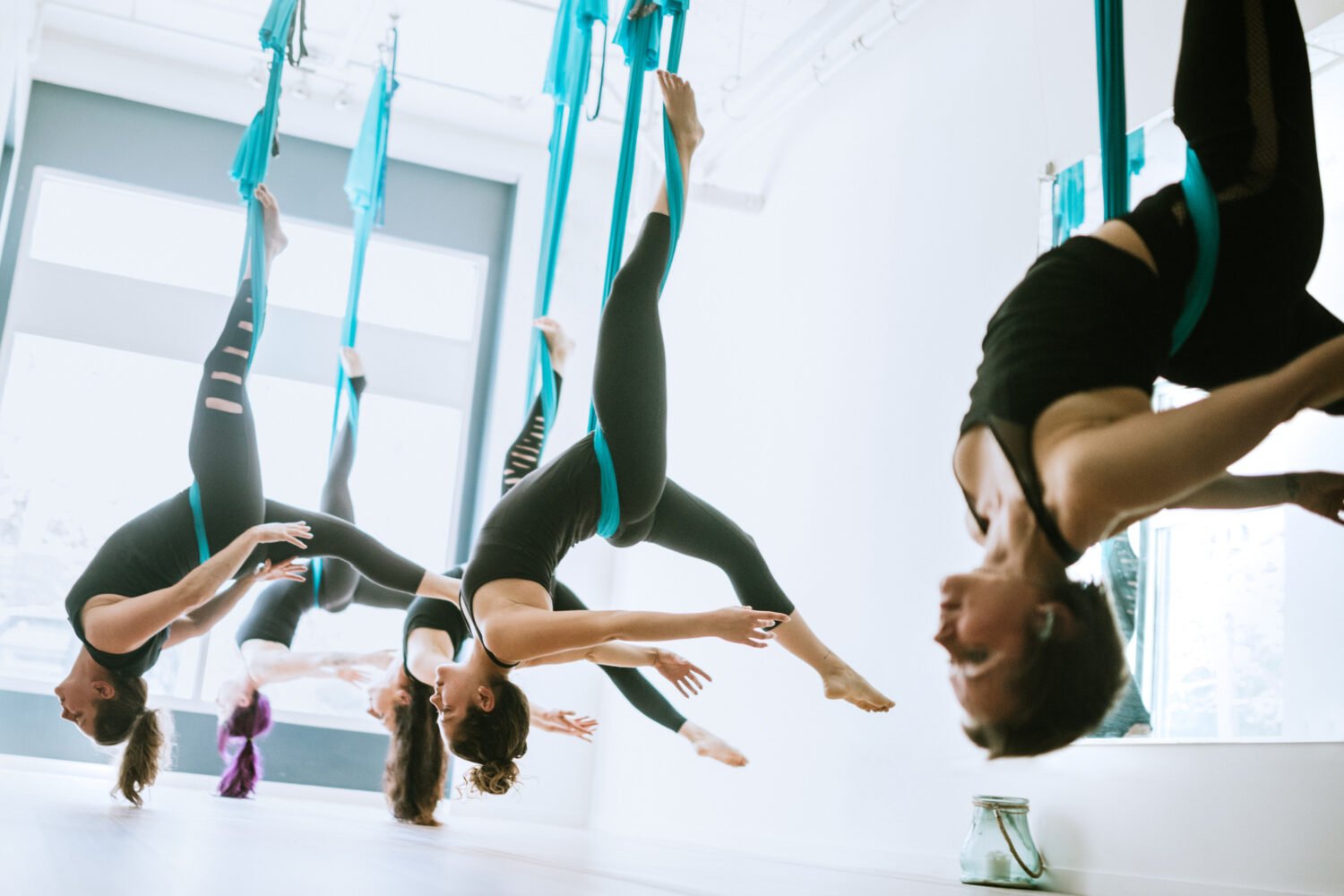“End-of-life doula is a modern label for an old role. For thousands of years in many cultures, there has always been a community to help people let go of loved ones. When I was in my tweens, I had friends die in car accidents and suicides, along with grandparents dying, and there were zero conversations about those deaths. No one in my family talked about it. In my early twenties, I was doing a master’s in administration and management. I took a training for hospice-nurse providers with Roshi Joan Halifax, a Zen Buddhist monk who writes about the rites of passage of death. I loved the training. I wanted to soak it all up.
“I never thought I’d be a nurse. I thought, Maybe I’ll volunteer at a hospice and continue on with my life. When I was 25, I traveled to Sumatra and attended a birth. It was the most magical thing I ever attended. I began shadowing the midwife and attending births, eventually becoming a birth doula. At the end of my twenties, I attended nursing school at Georgetown. My first semester, I was exposed to horrible deaths. I thought, There must be a better way. And I thought my skills as a birth doula would be useful at the end of life.
“For births, I advocated for [the mother’s] body autonomy and preferences. I slowed things down and talked about what was happening in a way where nothing was overwhelming. All those skills are translatable in death. I began training as an end-of-life doula.
“Death is both hard and beautiful at the same time, almost always. Both to witness death and to die. There was a gentleman, early fifties, diagnosed with brain cancer. [His family] had opened their house to people. It was such a sweet gathering of people, heartedly connected to each other while their friend died in the other room. They were all there, being present. Not flinching, not walking away, not sitting in silence.
“What can you do to say goodbye? Say, ‘I love you, I forgive you, please forgive me, and thank you.’ Look them in the eye and say, ‘I love you and I’ll be okay without you. I promise. I will find a way to live life.’ ”
This article appears in the January 2023 issue of Washingtonian.

